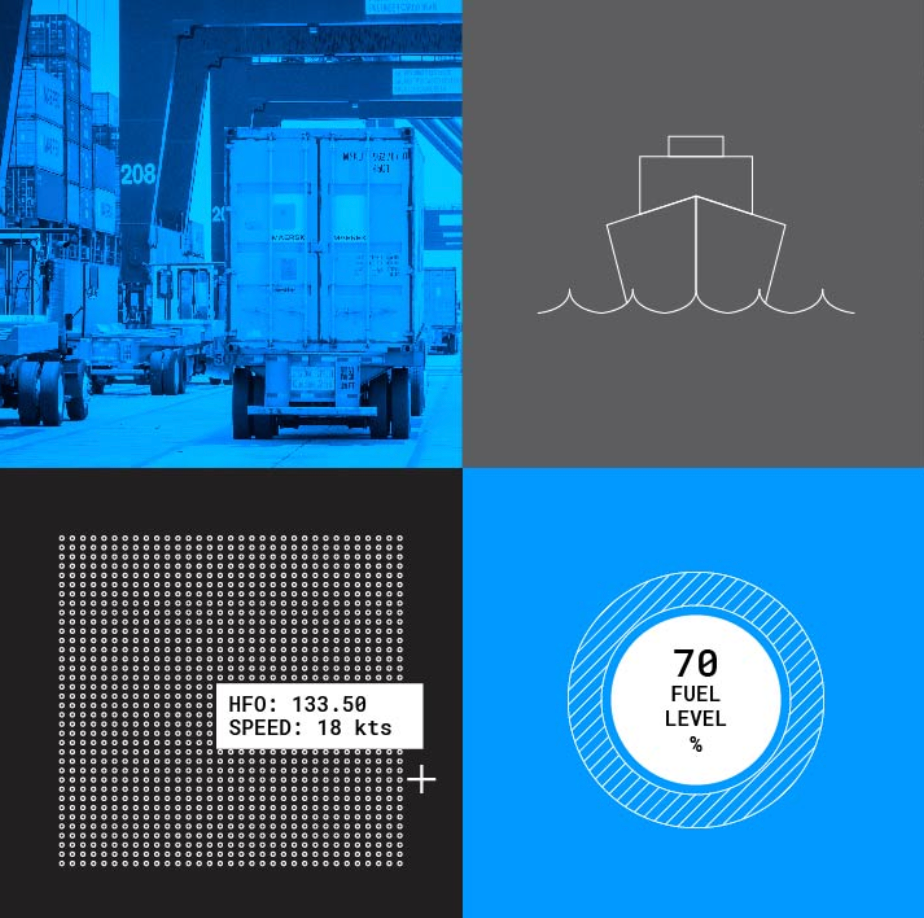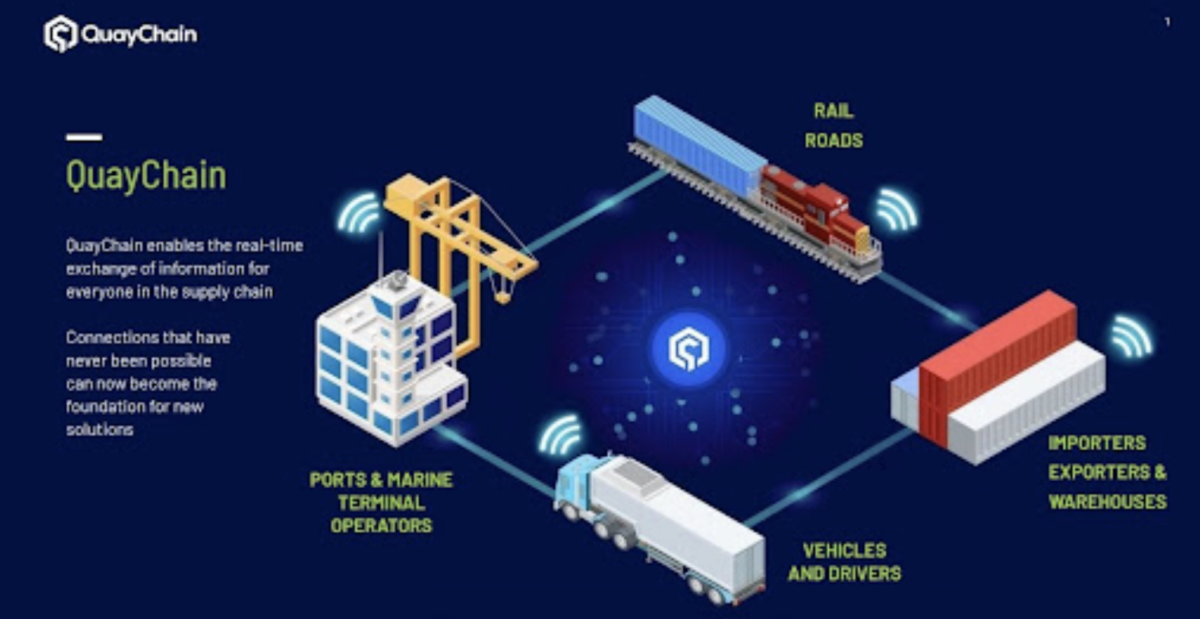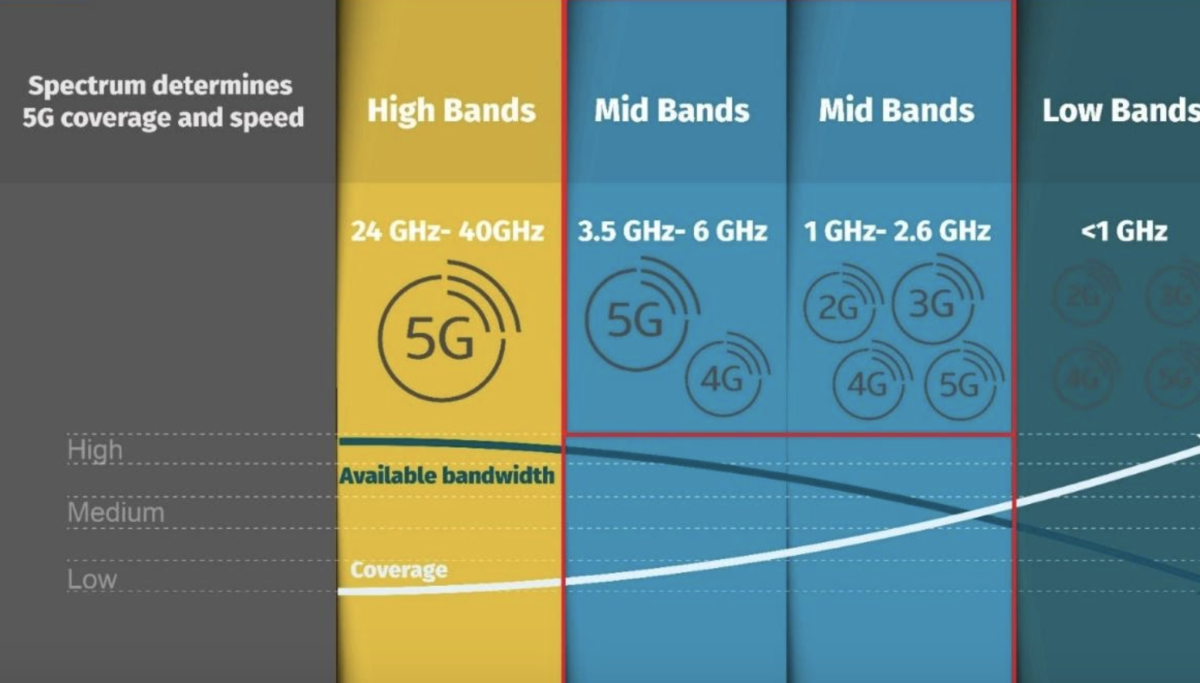The fight for a slice of the transportation bill pie is as fierce as a Florentine gladiator match. Lobbyists are doing their best to grab a nibble of this behemoth bill. The drama by some members of Congress wringing their hands and pounding their fists that something needs to get done is a classic scene of political theater. Yawn.
The argument for an efficient transportation system is not new. But it’s more than roads and bridges. Ports need to take priority. These locations are the points of origin, processing more than 90% of the world’s trade. The ports are the funnel distributing the flow of trade. It makes sense to make sure this funnel has no cracks so trade can flow smoothly through the entire network of logistical pipes.
But the ports have a dirty little secret — they are not 100% digitally connected. Dead spots are plaguing the flow of trade within the nucleus of their port bubbles. One wrong step at the Port of Los Angeles and your cellphone call might drop.
Sign up now: OceanWaves virtual event, Oct. 6

The global supply chain has seen more than its fair share of chaos for well over a year now. From global economic lockdowns and cancellations to historic port congestion as 100% of capacity is reached, international maritime trade has seen it all in a short period of time. OceanWaves examines the processes, procedures, and technology that have all been created on the fly during this crisis to address not only the capacity crunch the world is seeing today but also the long-standing challenges that maritime trade has dealt with for decades. Sign up for free now
The United States is not alone in this digital communication blackout. This lack of connectivity can be found all over the world. These dead spots not only leave a nation open for trade terrorism, they also inhibit the real-time tracking of trade, lost containers and damaged containers.
On average between 2,000 and 10,000 containers are lost every year at sea. Thousands of containers are damaged because of bad stowing. Wouldn’t it be nice for an importer to know or a port terminal operator to be aware of a damaged container as soon as it is unloaded off a vessel? Well, it can be a reality if you had an efficient bubble of digitization among the players within the port.
The story of the supply chain congestion goes beyond Americans’ online shopping addiction and the number of ships at anchor. Freight mobility and efficiency are about the other elements within the movement of trade that transport the product to the manufacturer or retailer.
Land capacity is gone. Containers are piled high to the heavens and warehouses are packed to the rafters. The only way for capacity to be enhanced at our coastal ports and inland authorities is through digitization.
“Lack of connectivity to the internet is one of the root causes of the lacking end-to-end supply chain traceability,” said Nick Vyas, executive director of The Randall R. Kendrick Global Supply Chain Institute at the University of Southern California. “Robust Wi-Fi-connectivity infrastructure from port to the customer can improve track-and-trace capabilities while improving data quality, reducing manual workload and costs.”
According to Deloitte, 65% of procurement leaders have limited or no visibility beyond their Tier 1 suppliers; 60% of CPOs cite poor master data quality, standardization and governance as the most significant challenges to procurement.
So what is the biggest incentive to have an efficient system? Money.
For trade to make money, it needs to move. A vessel at rest is not making money. Containers clogging the yards, full warehouses, increased railcar dwell times and vacant truck appointments are all impediments in the port’s pipe system of trade.
While we hear “data sharing” is the largest reason for not creating a port or national digital logistics system, that argument can be dismissed quite easily. The piece of trade data any labor organizer/logistics provider/importer and exporter cares about is the number on the container holding their trade. That number is public and is not proprietary information.
The ability to capture in real time the movement and location of a container by its number is the cherry on top of the logistics planning sundae. The deeper the line of sight into the arrival and movement of a container, the better the planning of labor and equipment. As a result, efficiencies would follow.
Unfortunately, the dead spots in a port and the inability to capture the number of a container as it is being taken off a vessel inhibit the port efficiency.
“If you are moving containers in a yard and are in a dead spot, you need to get out of your truck and find connectivity so you can find out your next cargo move,” said Venkatesh Ramakrishnan, the head of maritime, logistics, retail and digital industries for Nokia.
“That can waste in upwards of 15 minutes in an hour. Now imagine an eight- to 10-hour shift and how many times that operator must stop doing their job to find a connection. It’s a loss of time, efficiency and income.”
Within the port system among the tower of containers, a dedicated private network is installed to eliminate a dead spot and provide coverage. The footprint of such technology is small.
By eliminating connectivity gaps within the port’s ecosystem, the information can be re-digitized in the private system and connectivity gaps in the supply chain would be eliminated.
“In the end, this enables a more resilient, secure, sustainable supply chain,” said Ramakrishnan.
But if you want to wait for the federal government to be the savior of transportation, you are going to be waiting for a long, long time. To get something done sooner rather than later, nothing is better than a public-private partnership. It’s the best of both worlds.
An example of such a partnership is the agreement recently announced by the Utah Inland Port Authority and QuayChain. The pair announced in August they are in the process of building out the first private supply chain LTE/5G network. The system will be completed by the end of 2021.
The digital platform will be using a private supply chain LTE/5G network. This system will use what the FCC has dubbed “The Opportunity Spectrum.” It’s the mid-band spectrum that the Department of Defense controls for the military. The FCC is auctioning off spectrum to share with the private sector for use in the development of 5G technologies.
Andrew Scott, CEO of QuayChain, told American Shipper that based on its research, 80% of the nation’s ports do not have 100% connectivity. Scott was also a part of the tech team that created the Port of Los Angeles’ digital logistics data platform, Port Optimizer.
“We also estimate 30% of all events in the supply chain are still recorded manually,” said Scott. “The current port congestion is a clear reflection of how everyone in the supply chain is reliant on each other. But how can you rely on the supply chain when the systems working in that ecosystem are designed not to talk to each other? This has created data back holes and silos which have left critical equipment assets out of balance. As a result, it has and will continue to create huge disruptions and spiraling costs.”

The system is very similar to Nokia’s digital logistics system at the Port of Le Havre, France. A network of Internet of Things devices not only captures the number on the containers, that key numerical data is fed through a private LTE/5G system, where it can be used by carriers, terminals, warehouses and importers. The digital photo also enables the port to identify if the container is damaged.
SSA Marine is using Nokia’s Digital Automation Cloud technology at its Oakland International Container Terminal and its terminal at the Port of Seattle.
This mid-band spectrum is also home to other 4G and 5G commercial services. Citizens Broadband Radio Service (CBRS) is building out its shared wireless spectrum. It is championed by the CBRS Alliance, now called the OnGo Alliance.
Chris Stark, CEO of Innovate5G and former chairman of the OnGo Alliance, explained to American Shipper this spectrum has a rich ecosystem of suppliers and solutions to support most industry demands.
“This spectrum can be a solution for the ports to enhance its capacity to move trade,” said Stark. “Digital technology is less expensive than physical infrastructure and is faster to build out. Many of the nation’s ports have maxed out in physical capacity. The mid-band spectrum and the coverage and capability it provides will help ports strengthen their digital connectivity and footprint.”

In order to expand the efficiency of trade, the interconnection of pipes in the trade logistics system needs to be extended to identifying chassis location, locomotive location, terminal status (open or closed) and warehouse status. Once that data is harnessed, the inland nodes also would need to be connected so that digital line of sight is deepened. While there are challenges, they can be overcome.
“The underlying legacy systems used today are not designed for the supply chain in 2021,” said Scott. “The e-commerce providers have demonstrated how new technology can truly track consumer cargo in real time to our doors. Why can we not do that at ports or across the industrial supply chain? Lack of digital infrastructure and technology can take advantage of this.”
Jack Hedge, executive director for the Utah Inland Port Authority, tells American Shipper that the digital platform will foster better communication between Utah state agencies and the ports they are connected to.
“With this connectivity we will be able to build our partnership with Port of Long Beach and Port of Oakland to gather real-time information on freight flows,” Hedge said. Logistics managers will be able to track their container from port through our state in real time. Digital infrastructure is a tenth of money versus physical infrastructure. Within months we will be able to have a deeper, richer data set of incoming trade.”
Gene Seroka, executive director of the Port of Los Angeles, a longtime advocate of a national digital logistics data system, tells American Shipper that digitization enables planning and execution, which drives efficiency.
“This is critical to increasing performance and fluidity in the terminals themselves while providing improved service levels throughout the supply chain while enhancing competitiveness when customers have a choice of gateways,” Seroka said.
He stressed the advanced visibility drives optimization and provides stakeholders with critical data elements that enable proactive decision-making.
Vyas, who has been researching the need for a national digital supply chain for years, agrees.
“The new reality of the global pandemic has introduced even more challenges for the supply chain management,” said Vyas. “COVID-related supply chain disruptions have accelerated the need for agility, resiliency and data-driven decision-making as a priority; 31% of CFOs indicated supply chain issues rank as one of their top three concerns related to the COVID-19 outbreak.”
Unfortunately the underlying legacy systems used today are not designed for the supply chain in 2021, Scott said. But there are solutions.
“The e-commerce providers have demonstrated how new technology can truly track consumer cargo in real time to our doors,” said Scott. “Why can we not do that at the ports or across the industrial supply chain? Lack of digital infrastructure and technology can take advantage of this.”
Federal Maritime Commissioner Carl Bentzel says the FMC needs to take steps to help create a national standard for digital data sharing so participants in the world of trade can track the boxes and more efficiently manage use of transportation assets used in containerized shipping.
“I believe this is doable,” Bentzel said. “The national digital logistics system could be built and shared on open architecture. Hopefully it would be capable of replicating the efficiency and clarity you have with airport terminal information. The information would be in real time so you could track where the cargo is and its estimated time of arrival and help manage the use of other assets necessary to move this cargo to ultimate destination.”
American Shipper did reach out to the wireless trade industry group, CTIA, for comment. The group offered the national coverage maps of the three major carriers. The American Association of Port Authorities also was contacted but did not respond.







